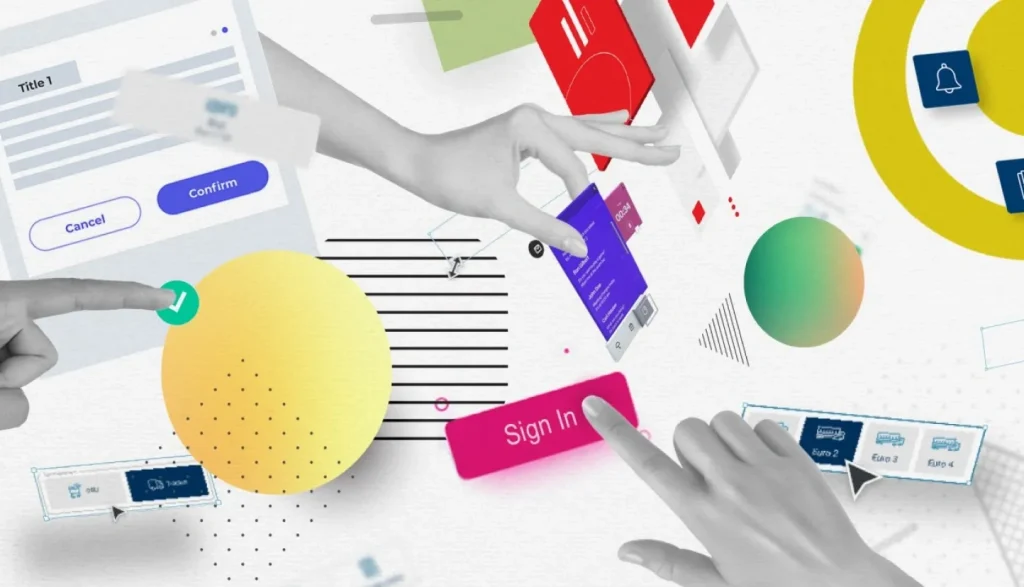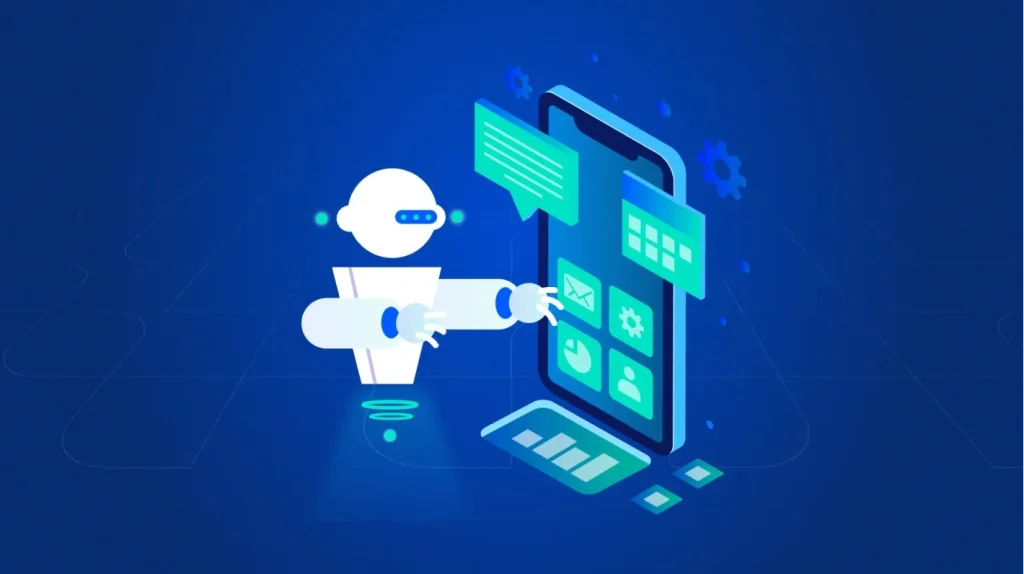AI is revolutionizing UX design, enabling personalized experiences, automating tasks, and creating smarter interfaces. Embrace AI for the future of user experience.
Artificial Intelligence (AI) has come a long way from the dystopian visions popularized by Skynet. Over the past few years, AI has advanced rapidly, particularly in 2018, as enterprises harness the power of big data to drive innovation. Today, AI is revolutionizing various industries, and its impact on user experience (UX) design is particularly noteworthy.
What is AI and How is It Impacting UX?

As AI continues to evolve, it is becoming increasingly accessible beyond just developers and data scientists. We are now entering the era of “AI + UX,” where artificial intelligence and user experience design are deeply interconnected. This synergy is reshaping how we approach design, though concerns about AI replacing designers are largely unfounded. The role of designers remains crucial, albeit with new tools and opportunities at their disposal.
Enhancing UX with AI: Endless Possibilities
The integration of AI in UX design opens a realm of exciting possibilities. Traditionally, designers relied on metrics and tools to refine app functionality and effectiveness. Today, AI offers a wealth of empirical, actionable data, enabling designers to craft superior user experiences.
Personalizing User Experiences

In an age where users are bombarded with information, personalization has become key. AI allows designers to analyze vast amounts of data to understand user behavior and preferences. This insight enables the creation of tailored applications that cater to individual needs. Instead of relying solely on checklists and deliverables, designers now make data-driven decisions to refine interfaces, messages, push notifications, and visual elements, enhancing the overall user experience.
Automating Mundane Tasks
UX designers often face tedious tasks such as cropping assets, resizing images, and color correcting photos. AI is increasingly automating these routine activities, significantly boosting efficiency. For instance, Adobe’s Sensei Stitch leverages AI to identify patterns in images, assisting designers in editing, patching, or even reinventing scenes. This automation frees designers to focus on more creative and strategic aspects of their work.
Creating Smarter Interfaces
AI is also driving the development of smarter interfaces. For example, Amazon’s Alexa, powered by AI, interacts with users through voice commands and performs tasks on their behalf. This hands-free interface not only enhances usability but also encourages increased online purchases. AI’s ability to deliver tailored solutions is making traditional interfaces less prevalent and paving the way for more intuitive and interactive user experiences.
Embracing AI for Future-Ready UX

The integration of AI in UX design is not just about improving current practices but also about exploring new opportunities. As AI continues to evolve, designers at Altumind are collaborating with data scientists and clients to push the boundaries of innovation. By combining data, algorithms, and user experience methodologies, we are creating meaningful, memorable experiences that benefit users and shape the future of UX.
In summary, the fusion of AI and UX is a game-changer. AI enhances user experience by personalizing interactions, automating routine tasks, and enabling smarter interfaces. As we advance, the partnership between AI and UX will drive even more innovative solutions, ensuring that user experiences remain at the forefront of technology and design.


